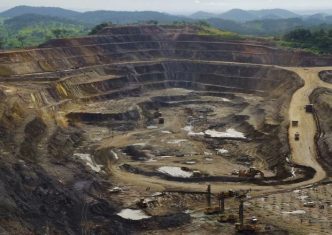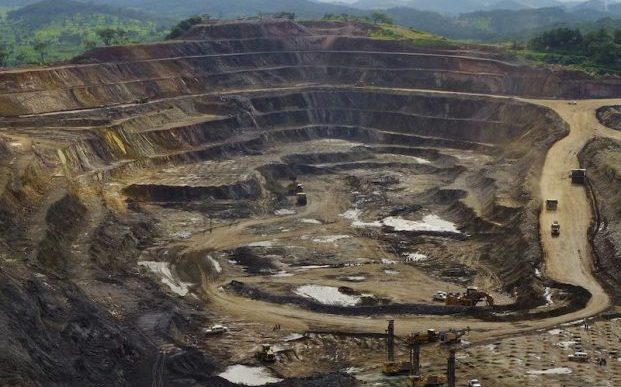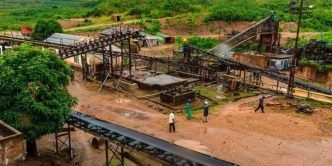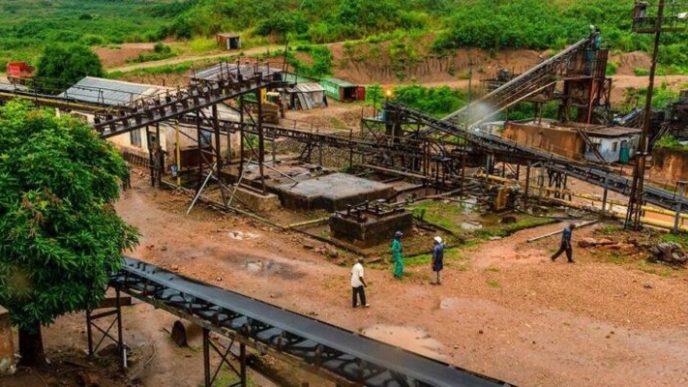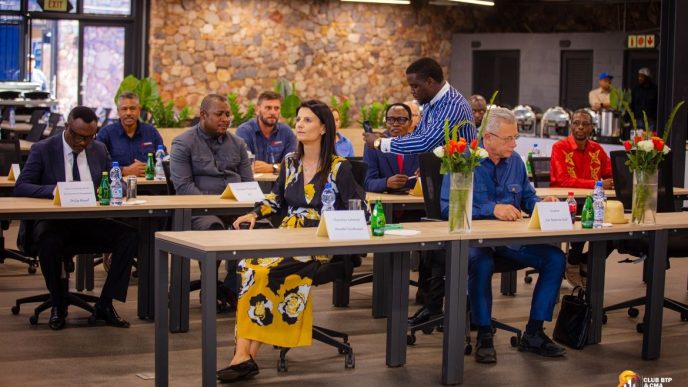The Democratic Republic of Congo’s diamond industry has collapsed to less than half its early 2000s output levels, declining from approximately 30 million carats annually to an average of 11.7 million carats since 2019, according to a comprehensive analysis by the International Peace Information Service.
The decline reflects systemic failures across Congo’s diamond sector, which controls 9% of global reserves and produces 18% of the world’s industrial diamonds. The country’s mining operations remain concentrated in Kasai-Oriental province, particularly around Mbuji-Mayi, where 96% of national production occurs.
Two companies exemplify the sector’s contradictory trajectory. Société Minière de Bakwanga (MIBA), once the cornerstone of Kasai’s economy, has effectively ceased operations since 2008 following the loss of prime concessions and chronic underinvestment. The state-owned enterprise struggles with equipment shortages and corruption allegations that have undermined its operational capacity.
Meanwhile, Société Anhui-Congo d’Investissement Minier (SACIM), the Chinese-backed operation active since 2016, maintains stable production but faces persistent criticism over labor practices and community relations. Local civil society groups accuse SACIM of worker rights violations, violence against artisanal miners, environmental pollution and minimal community investment.
A $12.1 million discrepancy between SACIM’s declared tax contributions of $18.4 million and government records showing $6.3 million in 2022 highlights broader governance failures, according to data from Congo’s Extractive Industries Transparency Initiative.
The artisanal mining subsector has experienced its most severe contraction since the 1980s, with production halving over the past decade. Accessible deposits have been depleted while working conditions remain precarious and banditry has increased. Many artisanal miners operate illegally on MIBA concessions, risking violent confrontations with security forces.
Government oversight remains inadequate across the sector. State agencies lack resources for effective monitoring, enabling widespread informal trading, fraud and smuggling. This regulatory vacuum has fostered persistent mistrust between artisanal miners and public officials, who are frequently accused of extortion and arbitrary taxation.
Despite Congo’s membership in the Kimberley Process certification scheme, traceability concerns persist given diamonds’ easily concealed nature and suspected cross-border smuggling. Local communities report minimal positive impact from diamond revenues, with redistribution to provincial authorities remaining opaque and development projects failing to materialize.
The International Peace Information Service report contrasts the diamond sector’s neglect with reform initiatives targeting copper, cobalt and conflict minerals, which have received substantial transparency and human rights programming. Isolated efforts including the OrigemA traceability project and Diamond Development Initiative registration programs have shown limited impact.
The research institute concluded that without enhanced financial and technical support, Congo cannot realistically meet international standards for human rights compliance, environmental and social governance, and certification requirements. The analysis calls for comprehensive sector reform to transform diamond mining from a marginalization factor into a genuine development driver.
Congo’s diamond crisis underscores broader challenges facing African mineral exporters seeking to capture greater value from natural resource wealth while addressing governance deficits and community grievances that have historically characterized extractive industries across the continent.


